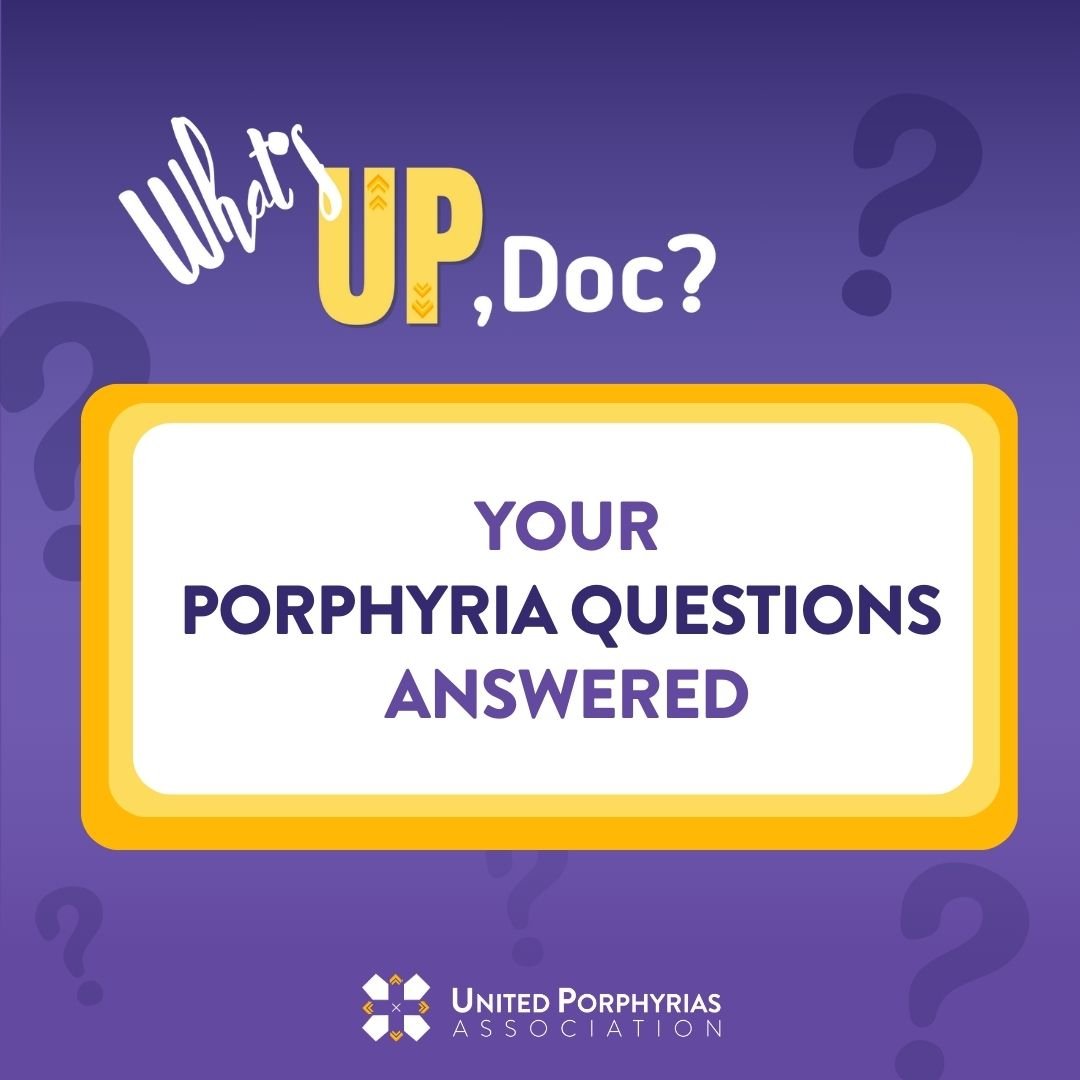
ADP
ALAD-Deficiency Porphyria
ALAD-Deficiency Porphyria (ADP)
ALAD-Deficiency Porphyria (ADP) is an extremely rare form of porphyria with about 10 cases reported worldwide. It is characterized by potentially life-threatening acute attacks, similar to those found in AIP and other acute hepatic porphryrias.
Acute attacks usually include severe abdominal pain as the main symptom, and can also include weakness, nausea, vomiting, constipation, confusion, restlessness, hallucination, and seizures. There can be other symptoms as well. These attacks can be triggered by certain factors like medications (e.g. barbiturates, sulfonamide antibiotics, anti-seizure drugs, and oral contraceptives), alcohol, dieting, infections, and others.
ADP can present in childhood and is often more severe than other types of Acute Hepatic Porphyrias (AHP) which all have similar symptoms and require biochemical or genetic testing to distinguish.
A severe deficiency of the enzyme δ-aminolevulinic acid dehydratase (ALAD) causes an increase of 5aminolevulinic acid (ALA) in the liver, other tissues, blood plasma, and urine.
Acute attacks can be triggered or worsened by a number of factors including:
Some medications
Alcohol and drugs
Dieting or fasting
Infections
Acute Attack Symptoms
Acute attacks can include a wide array of symptoms.
Severe abdominal pain
Severe pain in the chest, back, arms and legs
Headaches
Nausea
Vomiting
Constipation and urinary retention
Muscle weakness, numbness or paralysis- often beginning in the extremities (hands and feet)
Tachycardia (fast heart rate) and hypertension (high blood pressure)
Insomnia (difficulty sleeping)
Anxiety, depression
Confusion, hallucinations (affecting any of the five senses), paranoia, psychosis
Seizures
Hyponatremia (low salt) and hypomagnesemia (low magnesium)
Urine may darken or redden when exposed to light
ADP patients may experience chronic symptoms including: fatigue, muscle weakness, pain and trouble sleeping.
Chronic Symptoms
ALAd-Deficiency Porphyria (ADP) is diagnosed using biochemical testing. For all acute hepatic porphyrias, including ADP, initial tests are urine PBG and urine porphyrins. Additional biochemical and and genetic testing is required to confirm the type of porphyria.
For more information on testing visit the Seeking a Diagnosis page.
Acute attacks often require hospitalization. Hospitalization allows administration of medication to manage pain, and ensures adequate fluids and nutrition if vomiting or too nauseated to eat.
ADP follows the same treatment guidelines as other AHPs.
Panhematin is an FDA approved medication which can help decrease the severity and length of the attack, and is more effective the earlier it is received. Panhematin is administered as an infusion once a day for several days to treat an acute attack.
There is little information available on the effectiveness of Givlaari for treating ADP.
Liver transplantation does not appear to be of benefit in ADP, but a recent report from Holland indicated that IV hemin and hypertransfusions and hydroxycarbamide, the latter to decrease bone marrow overproduction of porphyrin precursors, was effective in another boy with ADP.
Long term monitoring
People with ADP should see a porphyria specialist at least once a year for regular follow-up. People who have frequent attacks may need to see a specialist more regularly.
Pain Management
Acute attacks can be very severe requiring strong pain medications to help relieve the pain. These are generally given during hospitalization. Some people may develop chronic symptoms including chronic pain and should consult with a pain specialist.
Medications
Avoiding known triggers of acute attacks is important. There is an online drug database to check which medications may be unsafe for people with AHPs.
Nutrition
People with ADP should avoid dieting or fasting, and maintain a healthy, balanced diet.
ADP is an autosomal recessive condition. Autosomal means that the defect is not on the chromosomes that determine sex, and recessive means that both copies of the gene have changes. Family members with only one copy with a change generally do not have symptoms.
More AHP Resources
Check out our Spotlight Porphyria blog for answers to common (and uncommon) AHP questions, updates on the latest research and more!

Get Connected
-

Get your questions answered
Our Patient Navigator can help you find porphyria specialist, access testing and treatments, and get your porphyria questions answered.
-

Find others who know what it's like
Connect regularly with small group of your peers! Groups are created around diagnosis and particular experiences/needs.
-

Talk one-on-one
Connect with a UPA Ambassador who understands what you're going through, because they've been there too.





